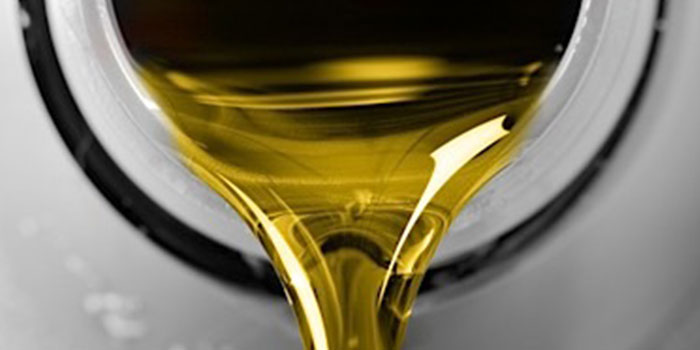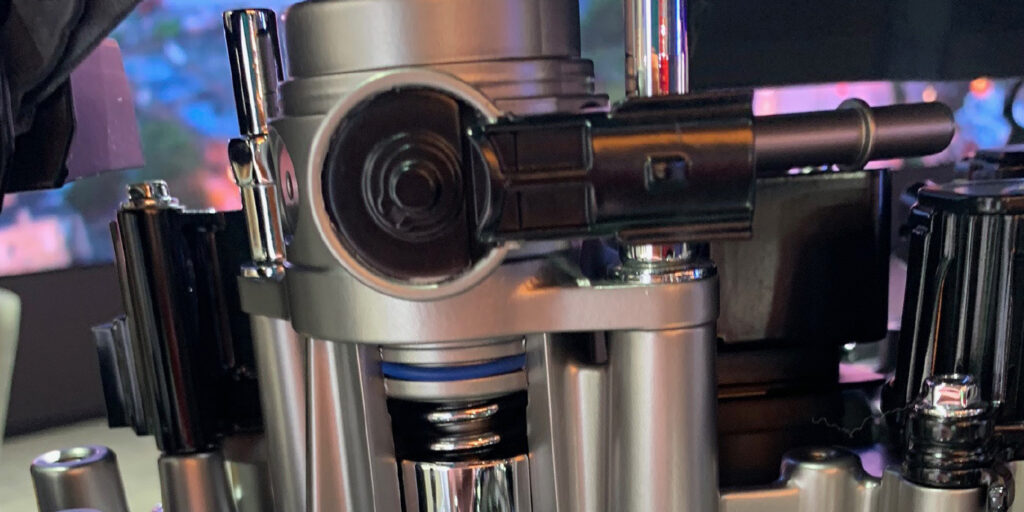In recent years, the variety of different motor oils that are now available to consumers has multiplied exponentially. To keep up with the lubrication requirements of all the different vehicle manufacturers, oil companies have had to expand their product lines to include new ultra-low, multi-viscosity, fuel-saving oils, as well as products with special additive packages for specific engine applications. Consequently, it’s more important than ever before to make sure you choose the correct motor oil for your customers’ vehicles. Why? Because using the wrong oil type may cause problems, as well as void the OEM powertrain warranty.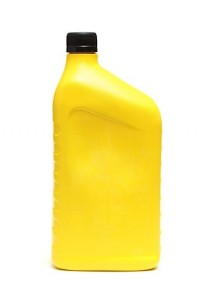
Many late-model vehicles with extended oil drain intervals (those that recommend oil changes of 7,500 miles or higher) and high-output, turbocharged engines often require a full synthetic motor oil with an additive package that meets specific OEM performance requirements. Synthetic oils are usually superior to conventional oils or synthetic blends in terms of high- and low-temperature performance, as well as durability. But, if the additive package isn’t right for the application, it’s not the right kind of oil to use.
European automakers are very particular about the type of oil that goes into their engines. Oils that meet current American Petroleum Institute (API) “SN” standards or ILSAC GF-5 standards for Asian vehicles may not always meet the specifications required for European applications. Specially formulated “Euro” oils typically have higher temperature and durability requirements than many of their domestic counterparts. Oil specifications can also vary from one European automaker to another, and by the year, make, model and engine. That’s why choosing the right types of engine oil takes a little more homework these days.
Choosing the right engine oil involves checking the vehicle owner’s manual to find out what type of oil is required. This includes not only a recommended viscosity rating, but also a performance specification. Oil requirements also may be marked on the engine oil filler cap or dipstick.
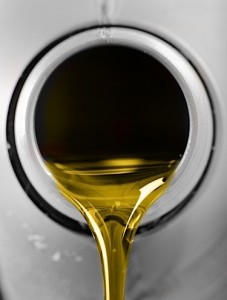
Many late-model engines are factory-filled with multi-viscosity 0W-20, 5W-20 or 5W-30 motor oil, while some European cars may specify a 0W-40. With diesel applications, most pickup trucks still call for a traditional 15W-40, but some are now specifying 5W-40. For European diesel passenger car engines, 5W-40 is commonly specified.
It’s important to follow the viscosity recommendations because many of these engines have tighter bearing clearances that require a lower-viscosity oil for proper lubrication. Thinner oils also improve fuel economy.
In some applications, such as the Toyota Prius, using the wrong viscosity oil (too heavy) may set a fault code. On others, an oil that is too heavy may interfere with the normal operation of the variable valve timing system, causing additional fault codes to set.
For high-mileage vehicles with more than 75,000 miles on the odometer, you can always use a “high-mileage” motor oil. These kind of engine oils typically contain extra additives to counter the effects of leaks, deposits, sludge and friction. Seal conditioners are increased to help keep crank seals soft and pliable so they don’t leak. Extra detergents and dispersants help keep the engine clean and fight sludge.
In 2005, “SM”-rated motor oils were introduced that drastically reduced the amount of Zinc Dialkyl Dithio Phosphate (ZDDP) anti-wear additive. (ZDDP is an anti-wear, extreme-pressure additive that protects cam lobes and lifters.) Further reductions of ZDDP were made again when the current “SN” and GF-5” motor oils were introduced. The problem is that the phosphorus and zinc in ZDDP can shorten the life of the catalytic converter. So, for an older flat-tappet, pushrod engine, you should use a motor oil that is fortified with extra ZDDP anti-wear additive.
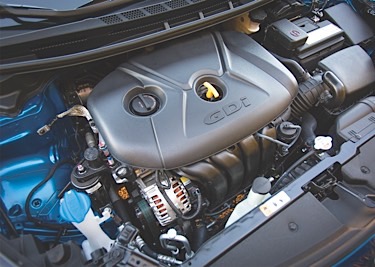 Use of proper engine oil is also particularly important on Gasoline Direct Injection (GDI) engines because of the formation of intake valve deposits. Deposit buildup has become a problem on some of these engines because the intake valves run dry. The fuel injector sprays fuel directly into the combustion chamber or cylinder rather than the intake port, so there is no fuel wash to clean and cool the intake valves. Consequently, if oil is getting past the valve guide seals, it can form heavy carbon deposits on the intake valves that hurt performance and emissions.
Use of proper engine oil is also particularly important on Gasoline Direct Injection (GDI) engines because of the formation of intake valve deposits. Deposit buildup has become a problem on some of these engines because the intake valves run dry. The fuel injector sprays fuel directly into the combustion chamber or cylinder rather than the intake port, so there is no fuel wash to clean and cool the intake valves. Consequently, if oil is getting past the valve guide seals, it can form heavy carbon deposits on the intake valves that hurt performance and emissions.
In these cases, a motor oil with a low-volatility rating (its “NOACK” number, which is based on the ASTM D5800 lab test) is better because it reduces oil consumption and helps keep the PCV system and intake valves clean (especially in GDI engines). The most recent European specifications call for a low NOACK rating (less than 15%).
Courtesy Import Car.

